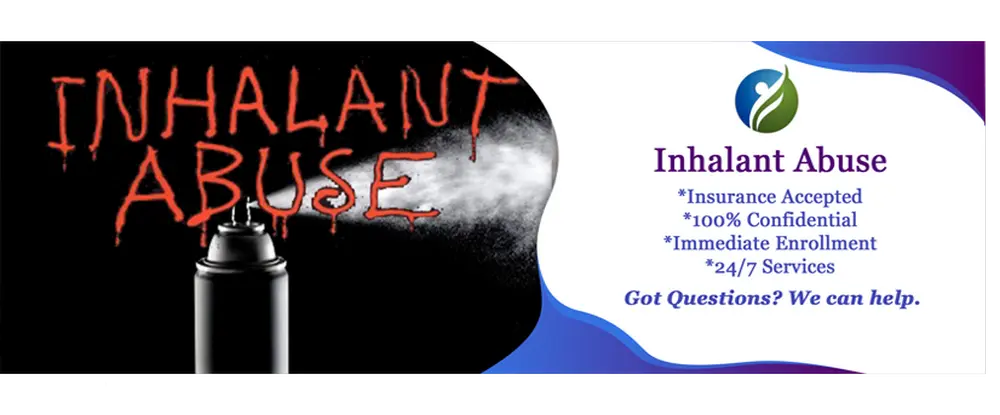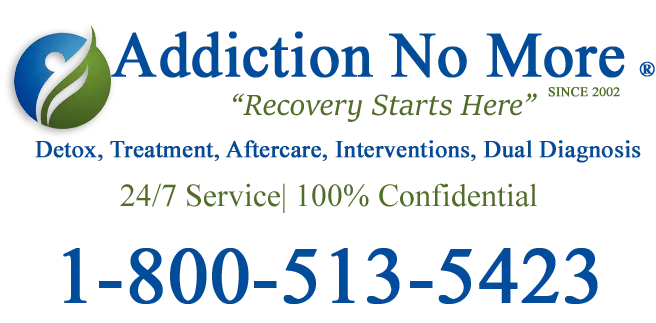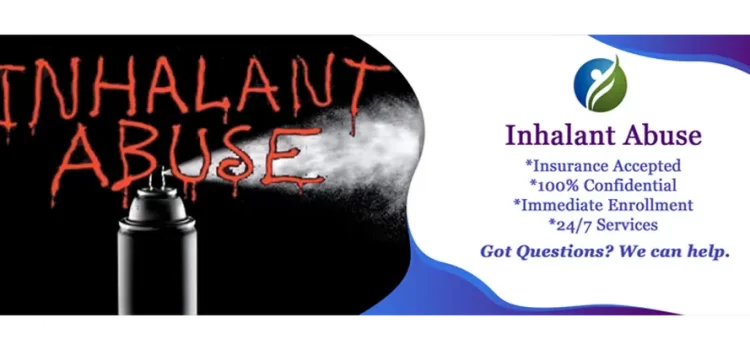Inhalant Addiction
Inhalants refer to common products that can be used to induce intoxication through only inhaling the product. Inhalants are abused usually in the form of solvents, aerosols, gasses, and nitrates, all of which can be found in most homes. Some other drugs can also be inhaled but are not classified as inhalants. There are many products that can be found in the home or workplace that can be inhaled to achieve a high. Spray paints, glue, markers, whipping cream in the can, propane, gasoline, solvents, and cleaning fluids are a few examples. These products contain volatile substances that can have mind-altering effects when inhaled. Most people don’t consider these products as drugs because they were not developed for the purpose of being inhaled. These products are abused mainly by teens and pre-teens and are the only class of drugs that is abused more by younger teens than the older ones. A recent study has shown that 13% of 8th graders, 10% of 10th graders, and 8% of 12th graders have reported using inhalants.
Please contact us by phone for immediate assistance. This is a necessary step in beginning the recovery process for yourself or a loved one. Our addiction treatment specialists and staff have over 25 years of experience in helping people find effective and affordable treatment for all addictions. What you tell us is completely confidential. We are HIPAA compliant. We are here to answer your questions and to get you (or a loved one) into treatment today. For immediate intake, call us now.
Teenagers are more likely to “huff” or try to get high from inhaling chemicals.
How are inhalants used?
There are a variety of ways to inhale or “Huff”, household products through the mouth or nose. Abusers can use a paper bag, sack, or balloon for the huffing of liquid or gaseous materials. They may sniff, snort, or inhale straight from the container like glue, duster for computers, or even your whipped cream in a can. They may soak a rag in a solvent and inhale it that way. The high that is produced usually lasts a few minutes at most. Abusers repeat the process over and over to prolong the high for a few hours at a time.
There are distinct chemicals that are abused at different ages. New users from ages 12-15, most commonly abuse glue, spray paints, gasoline, propane, and lighter fluid. Users that start around 16-18 commonly abuse nitrous oxide in the form of whipped cream dispensers, whip-its, welding gas, or even medical-grade nitrous oxide. Nitrous oxide is mainly dispensed into a balloon or sealed bag and huffed repeatedly until the desired effect has been achieved. Adults most commonly use a different class of inhalants (nitrates) amyl nitrates, Poppers, Rush, snappers or liquid gold are some of the street names.
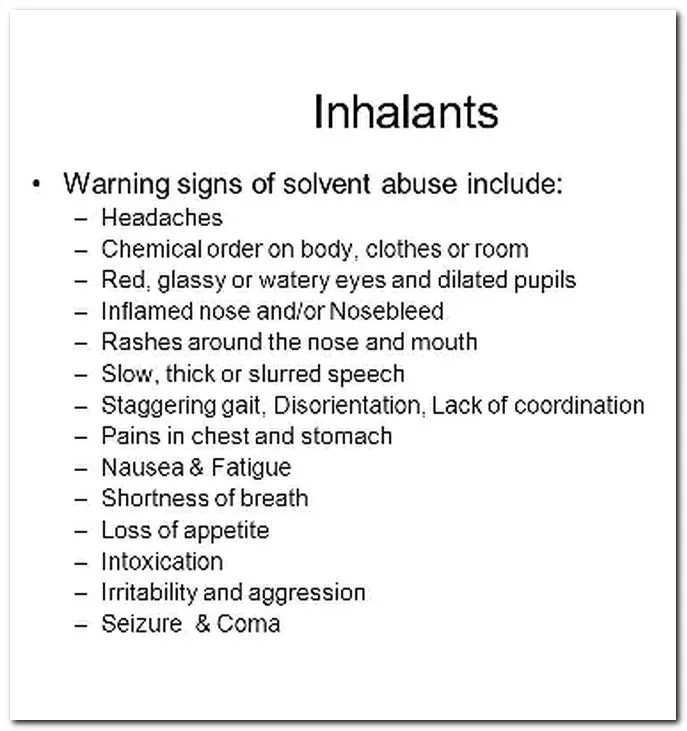
Warning Signs of inhalant and solvent abuse include Headaches, chemical odor on the body, red, glassy eyes, inflamed nose, rash around nose and mouth, slow, slurred speech, disorientation, pain in chest or stomach, nausea, fatigue, shortness of breath, loss of appetite, intoxication, irritability, seizures, and coma.
Signs of abuse
It is very important for parents to know the signs of inhalant abuse. This will help not only give an understanding of the signs but also inform as to what to do when there is a problem that may need help from an inpatient inhalant treatment center.
Signs of abuse can be different, depending on the substance being abused. Rashes around the face and nose, are a direct result of contact with solvents and other chemicals. Speech slurred, disoriented, or intoxicated, mood or behavior changes, peer group changes, and stains on the face, hands, or clothing are also signs of huffing. You may also be finding paraphernalia such as plastic bags, empty chemical containers, balloons, or rags.
Inhalants can be very dangerous. They enter the bloodstream rapidly, giving the user intense rushes that last for a short period of time. There are no tests that can detect the presence of inhalants in an individual bloodstream unlike
heroin,
marijuana, or other drugs. These common household products that are commonly abused but not intended for human consumption can cause serious health problems when inhaled.
Glues
Lighter-fluid
Gasoline
Propane
Compressed gasses, aerosols, and dusters
Cleaning fluids
Whipped cream dispensers
Nail polish remover
Spray paint
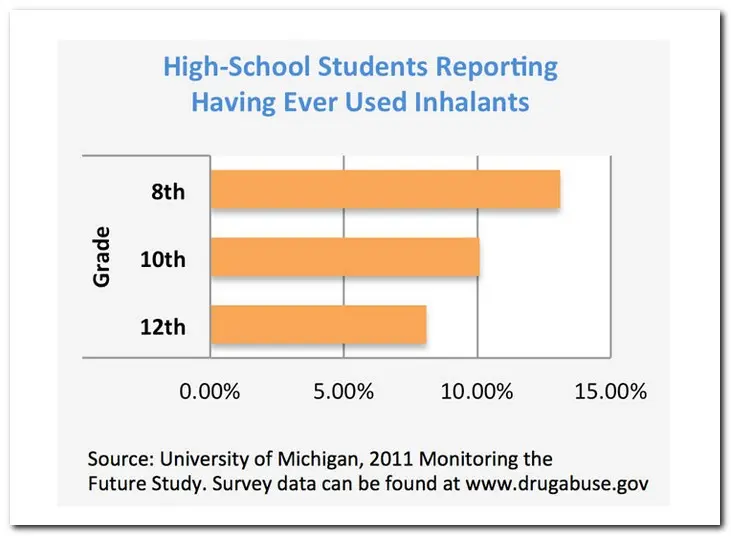
Health risks and problems associated with inhalant abuse
Lung health diminished
Seizures
Fatal breathing events
Brain damage
Inhalant abuse-induced coma
Sudden sniffing death ” Rapid heart failure”
Symptoms of inhalant abuse
Lawton and Malmquist (1961) and Wyse (1973) describe 4 stages in the development of symptoms associated with solvent abuse.
Stage One (Excitatory Stage): Symptoms may include: euphoria, excitation, exhilaration, dizziness, hallucinations, sneezing, coughing, excess salivation, intolerance to light, nausea, and vomiting, flushed skin, and bizarre behavior.
Stage Two (Early Central Nervous System Depression): Symptoms may include: confusion, disorientation, dullness, loss of self-control, ringing or buzzing in the head, blurred or double vision, cramps, headache, insensitivity to pain, and pallor or paleness.
Stage Three (Medium Central Nervous System Depression): Symptoms may include: drowsiness, muscular un-coordination, slurred speech, depressed reflexes, and nystagmus or rapid involuntary oscillation of the eyeballs.
Stage Four (Late Central Nervous System Depression): Symptoms may include: unconsciousness that may be accompanied by bizarre dreams, epileptiform (epileptic) seizures, and EEG changes.
Barnes (1979) notes that the major difference between alcohol drunkenness and solvent intoxication is the occurrence of hallucinations in the sniffers. The presence of hallucinations has been reported in gasoline sniffers (Lawton and Malmquist, 1961; Remington & Hoffman, 1984; Seshia et al, 1978) and Toluene sniffers (Press & Done, 1967)

Treatment recommendations and guidelines
Inhalant abusers pose different challenges for treatment centers that are not set up to handle the complexity of treating this addiction. Chronic abuse of inhalants causes the user to experience psychological, emotional, and social difficulties. The damage that inhalants do to the brain warrants that there be a
dual diagnosis component available for the treatment of chronic inhalant abuse. Although many of the treatment options and therapies used in the treatment of inhalant abuse are the same as they are used in the treatment of other street drugs and alcohol, there needs to be special consideration and care available to treat the specific problems that arise only when treating an inhalant abuser. When inhalant abuse is suspected, getting a medical examination will determine what, if any, medical complications need to be addressed while enrolled in a drug addiction center for inhalant abuse.
Detox for inhalant abuse is a necessary part of the healing process. Due to the volatility of the substances being abused, detoxification can take much longer than most street drugs. Residual effects can last weeks, not days, as with other drugs. Patients normally feel a lack of concentration and memory and a general dullness in demeanor. It is not known if the damage to the brain from the use of inhalants is fully reversible; however, there are considerable improvements in brain functionality within a couple of weeks of treatment, which has been well documented by leading professionals in the field of addiction treatment.
Central nervous system damages
Kidney (renal) abnormalities
Liver (hepatic ) abnormalities
Lead poisoning
Vitamin and nutrient deficiencies
Cardiac arrhythmia
Lung (pulmonary) distress
If you suspect someone of inhalant abuse and they can’t stop on their own, get them help for addiction immediately. This phone call could save their life.
Our counselors are standing by, waiting for your call, 24 hours a day, 7 days a week.
Treatment challenges for inhalant abuse
Neurological abnormalities were seen in 13 of 20 patients with a history of chronic solvent vapor (primarily toluene) abuse for 2 or more years. The patients were evaluated after an abstinence period of at least 4 weeks to avoid the neurological effects of acute intoxication. Neurological signs included cognitive (60%), pyramidal (50%), cerebellar (45%), and brainstem/ cranial nerve (25%) findings. Eight of nine CTs revealed diffuse atrophy of the cerebral hemispheres, cerebellum, and brainstem. BAERs were abnormal in three of four patients, and EEG abnormalities were seen in three of seven patients. Chronic exposure to solvent vapor may cause persistent neurological impairment.
Neurological abnormalities or impairments need to be addressed and diagnosed through a complete make-up to determine if the condition pre-dates the addiction or if the condition was a direct result of the abuse problem. This makeup should include school records to determine any learning disabilities that may help the treatment team determine if there is a need for neurological testing in the treatment process. Once testing has been authorized, there should be a follow-up test for several months to determine if the treatment is showing significant improvements in the brain functionality.
Addiction Treatment Centers for Inhalant Abuse
Treatment for inhalant abuse should be longer than the typical 28-day program due to the complexity of issues that can arise during treatment. A non-confrontational program works best with an emphasis on life skills. This is highly recommended. Programs that offer hands-on learning seem to offer better results through action therapies like
art, music, dance, theatrical, or recreational therapy. These types of programs help encourage multi-sensory actions and thoughts to assist in the recovery process. Limiting the initial therapy sessions to 15-30-minute sessions helps keep the patient engaged and encouraged. Longer sessions tend to have negative results due to the lack of concentration ability and attention span in early treatment phases. Group therapy is necessary for the treatment of inhalant abuse and is encouraged when the inhalant abuser is ready.
Inhalant abusers are extremely hard to treat. Cognitive impairments and disruptive behaviors are common hurdles that the treatment team has to compensate for while the inhalant abuser is undergoing therapy. This behavior can be related to poor impulse control or lack of social skills due to inhalant abuse. Such difficulties are better handled through more flexible programs that offer more than one therapy model and have experience in treating inhalant abuse.

Family support and involvement
Family support is very important, not only for the abuser but also for the family. Learning about the addiction process and treatment to handle the addiction should include education about inhalants so the family can remove any products from the home that can be inhaled.
Aftercare
Aftercare is a critical component for the treatment of inhalant abuse, due to the availability of products that can be abused. Continued care will help ensure that the treatment plan is followed after the patient has returned home.
If you suspect that someone you love is using inhalants to get high, do not wait for them to come to you for help. Getting someone the help they need may save their life. Give us a call immediately and we can help you find the appropriate treatment center for the specific needs of the individual.

Call our addiction specialists and treatment counselors for help locating drug detox or treatment centers for addiction near you.
FREE MY ADDICTION is a teen drug rehab helpline and referral service. This is a free service to the public to help with the process of getting someone into a drug rehab center that will work. Our counselors are standing by to point you in the right direction to recovery from inhalant abuse. Give us a call and start the recovery process today. Sources
Inhalant AbuseSubstance Use Among TeensUnderstanding Adolescent Inhalant Use
Erik Epp – Content AuthorSummary
Service Type
Inhalant Addiction
Area
Nationwide, free helpline for Addiction 1-800-513-5423
DescriptionDrug Rehab centers and treatment for Inhalant abuse or huffing chemicals, free helpline for addiction and free help for people looking for recovery from addiction







